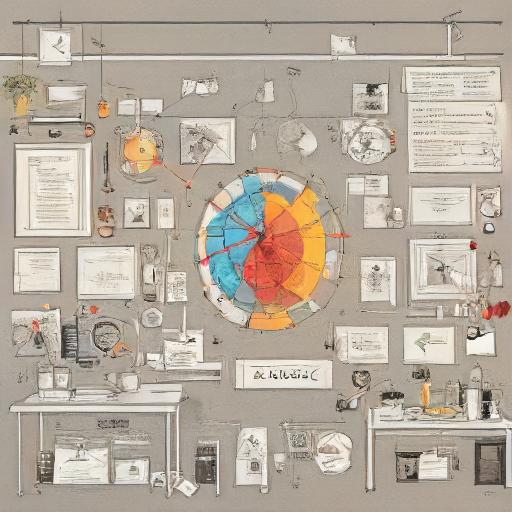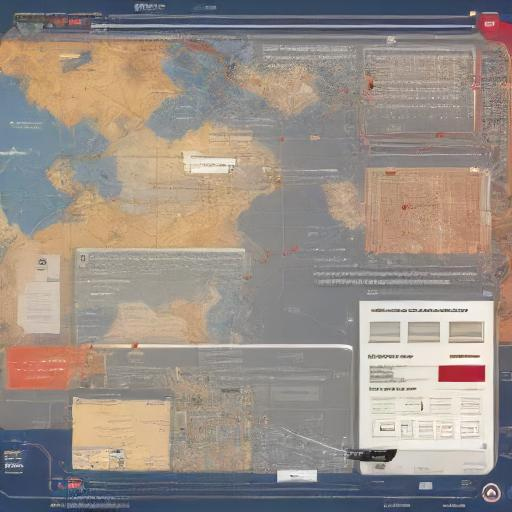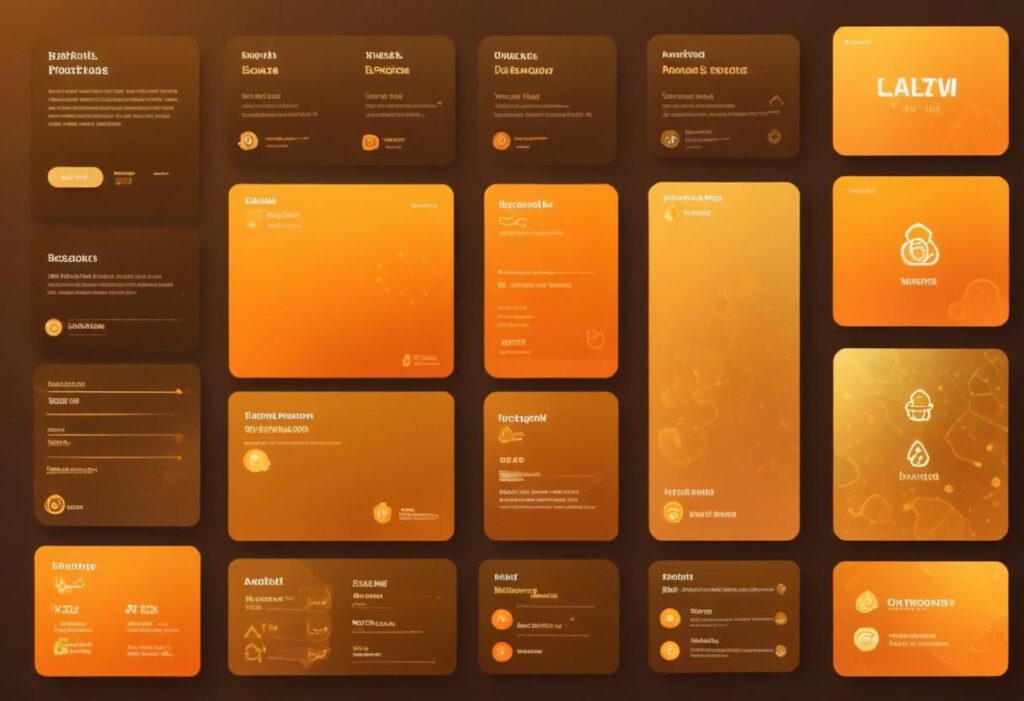Essential Tools for Design Thinking: A Guide for Innovators
Design Thinking is an iterative, human-centered approach to problem-solving that encourages innovation by understanding user needs, challenging assumptions, and redefining problems. For professionals engaged in this process, having the right set of tools is critical to creating impactful and user-friendly solutions. Here’s a guide to some of the most effective tools that Design Thinkers can […]
Essential Tools for Design Thinking: A Guide for Innovators Read More »









